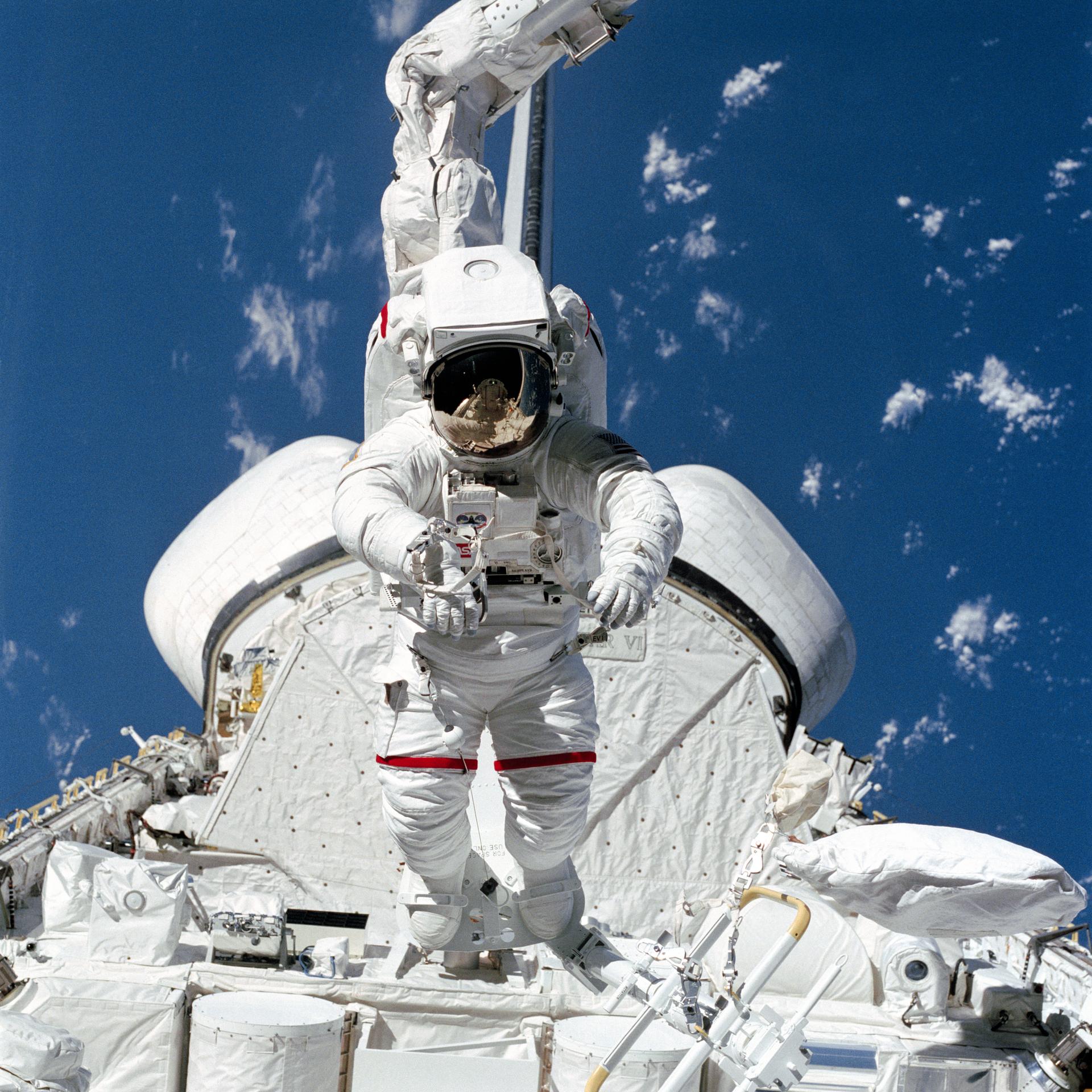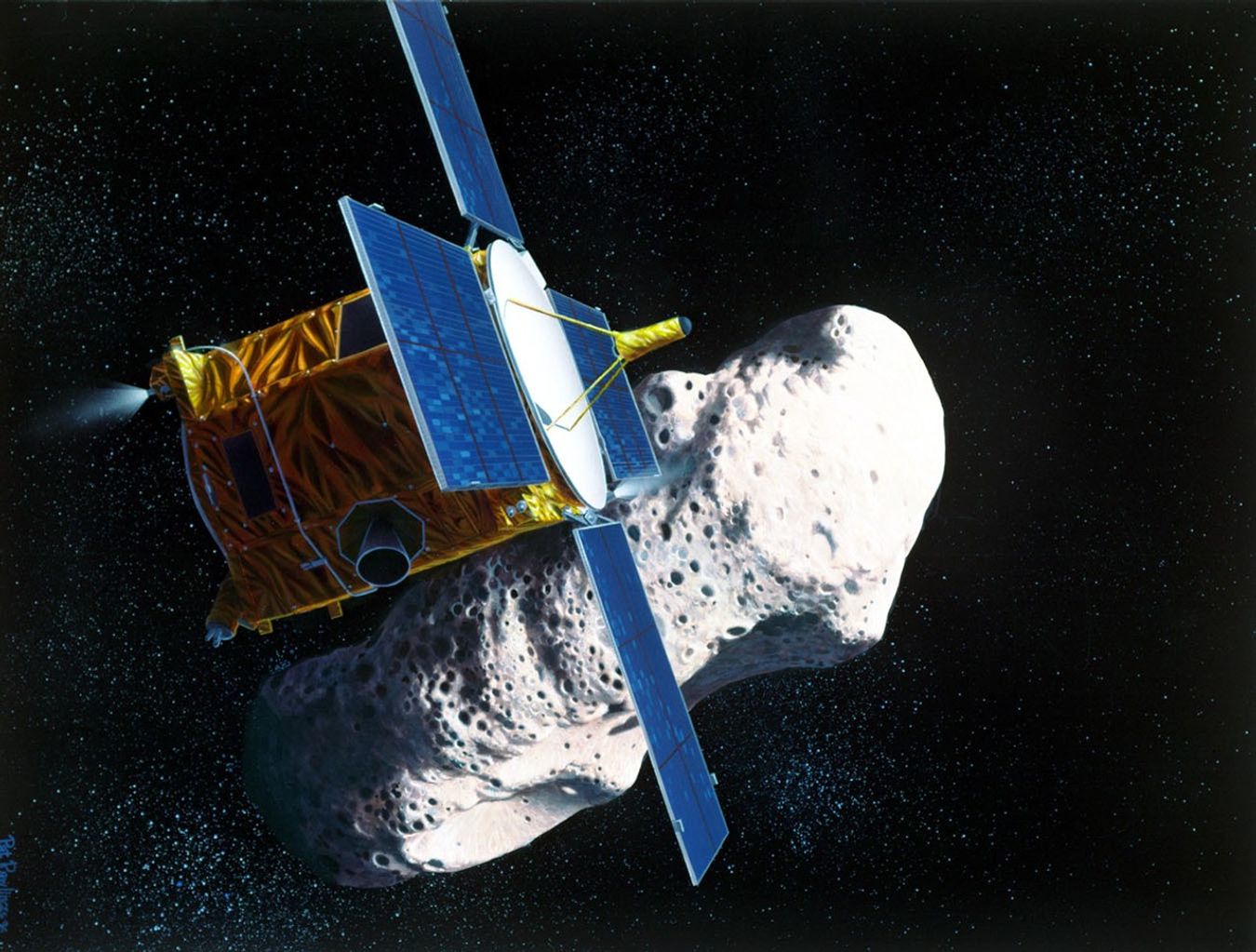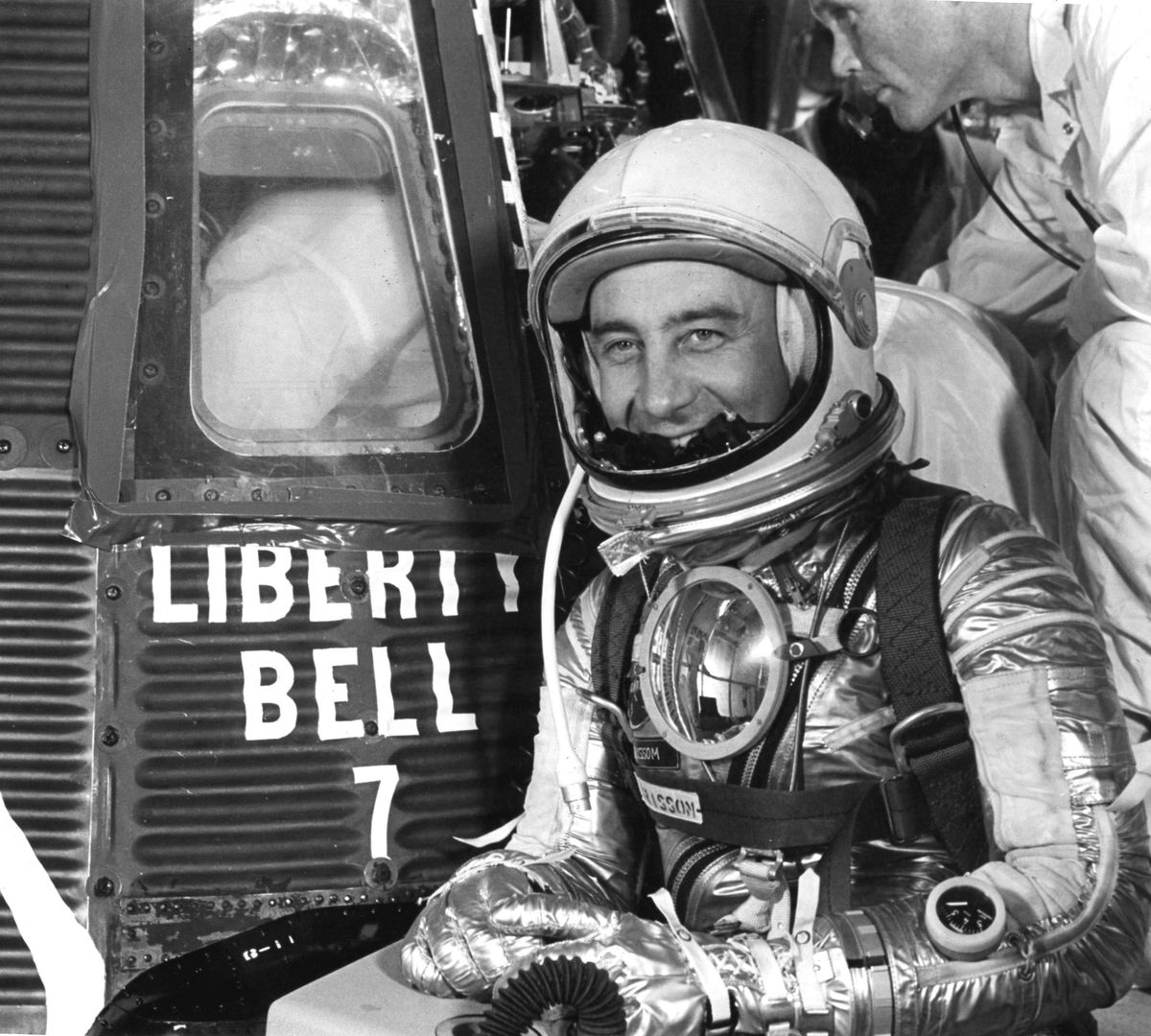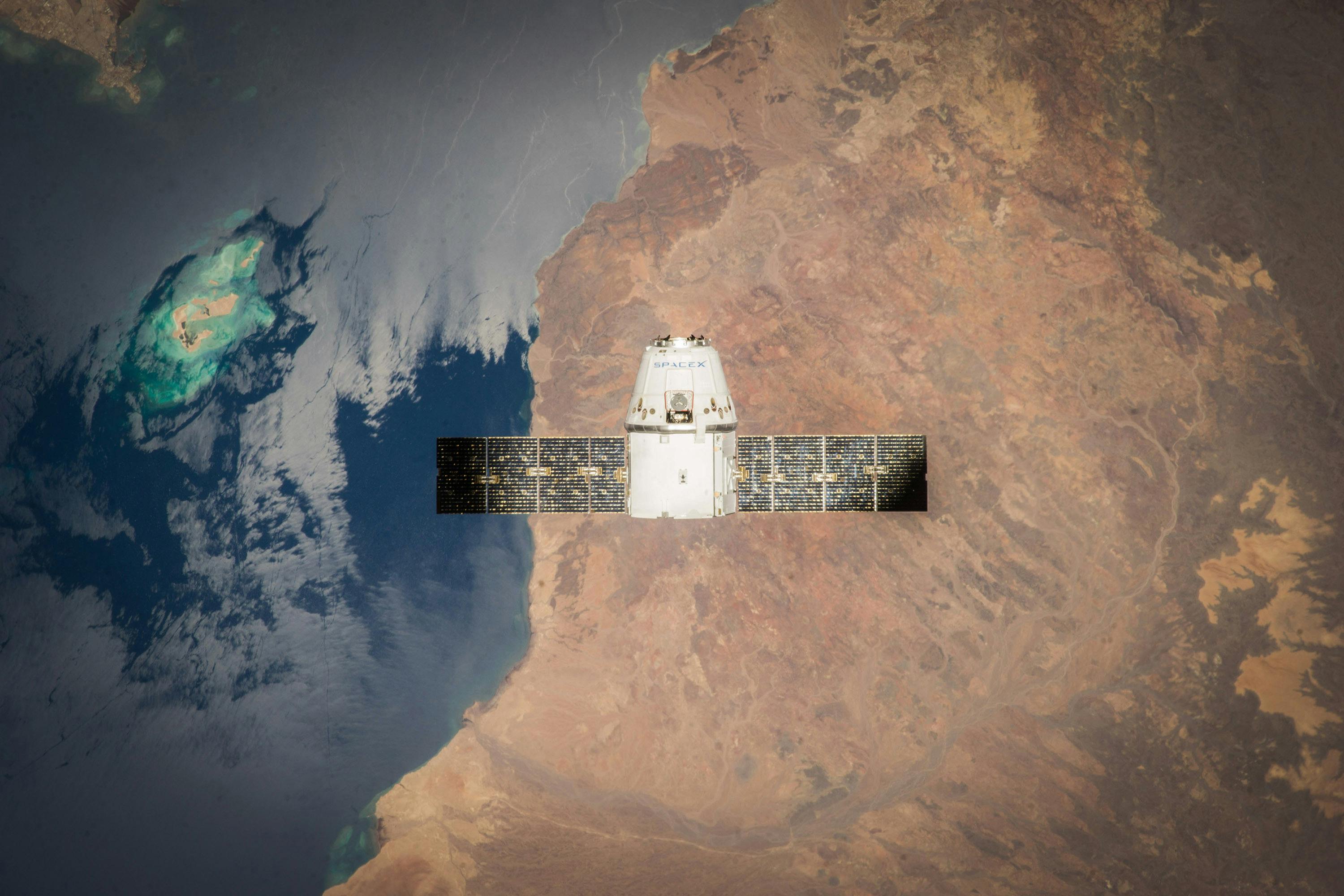· today in space history · 6 min read
The Day America's Moon Rocket Began Its Journey
Fifty-nine years ago, a revolutionary new rocket thundered skyward from Cape Kennedy, testing the spacecraft that would eventually carry astronauts to the lunar surface
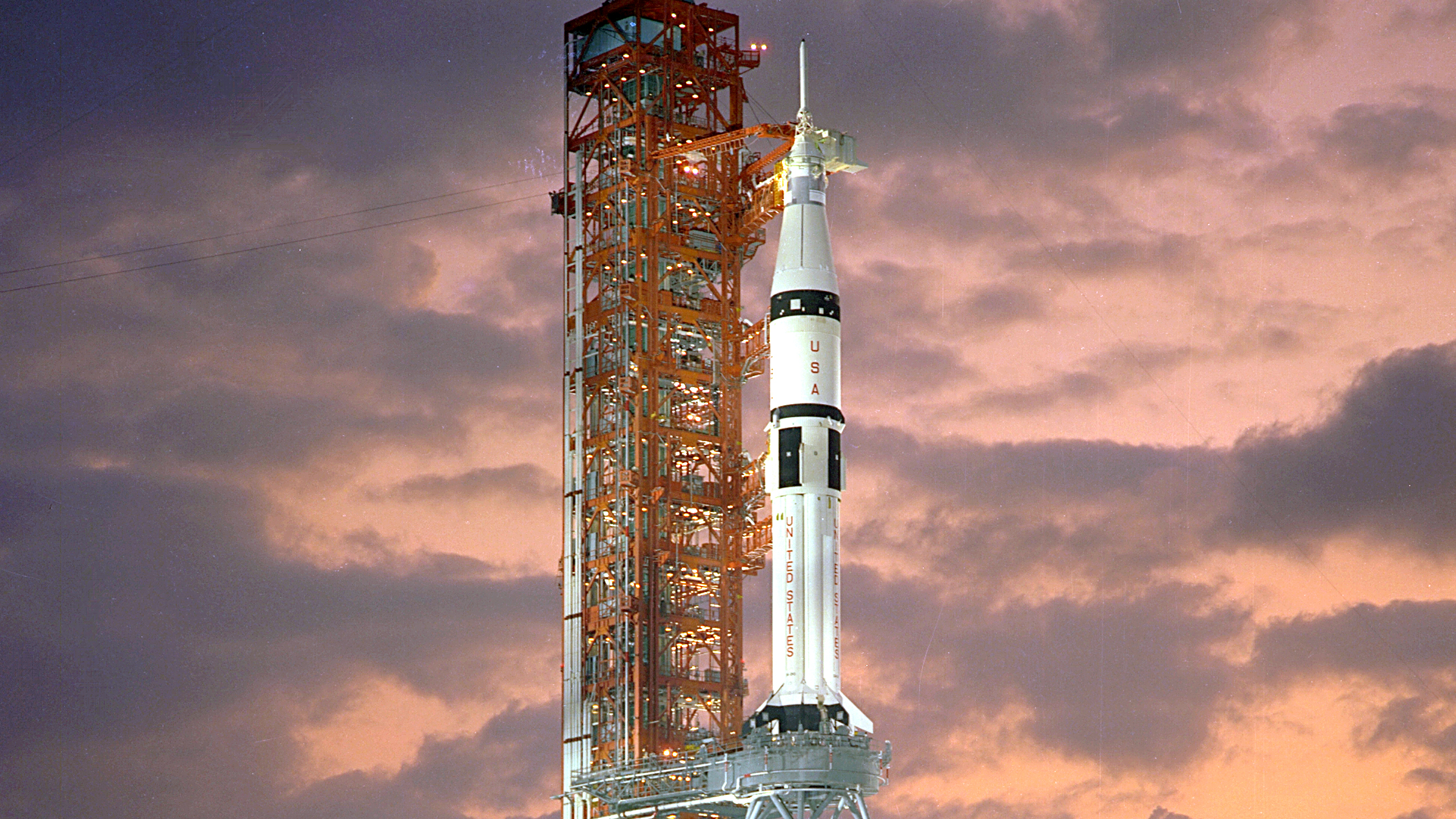
In the warm Florida air of February 26, 1966, the ground at Cape Kennedy’s Launch Complex 34 began to tremble as the engines of a gleaming white rocket ignited with a deafening roar. At precisely 16:12:01 UTC, the first Saturn IB launch vehicle—carrying the first production Apollo spacecraft—climbed skyward on a column of flame. What observers witnessed was more than just another rocket test; it was the beginning of a direct pathway that would ultimately lead America to the Moon.
A Critical Step Toward the Moon
The AS-201 mission (also known as Apollo 1-A before the tragic Apollo 1 fire) represented a crucial milestone in the Apollo program. While not as famous as later crewed missions, this 37-minute suborbital flight provided vital validation for multiple technologies that would be essential for lunar journeys. The Saturn IB rocket—standing 141 feet tall with its 1.6 million pounds of thrust—served as the intermediate step between earlier rockets and the massive Saturn V that would eventually carry astronauts to the Moon.
“We needed to validate the entire integrated system,” explained Dr. Wernher von Braun, director of NASA’s Marshall Space Flight Center at the time. “The command module heat shield, the service module propulsion system, and the new launch vehicle all had to be tested under actual flight conditions before we could risk human lives.”
Engineering Marvel Meets Technical Challenge
The spacecraft launched that day included several groundbreaking components. The command module (CM-009) was the second production Block I Apollo capsule, differing from later lunar-capable versions but incorporating the crucial heat shield that would protect astronauts during their fiery return to Earth. The service module (SM-009) was the first production model to fly, containing propulsion systems that would later be used for lunar orbit insertion and return.
The Saturn IB itself represented a significant advance in rocket design. Its first stage generated 1.6 million pounds of thrust from eight H-1 engines built by Rocketdyne, while its second stage (the S-IVB) featured the new J-2 engine that used liquid hydrogen and liquid oxygen—a high-energy combination that would also power stages of the Saturn V.
The Flight Path to Knowledge
After months of delays and a launch attempt aborted just four seconds before liftoff due to a fuel tank pressure issue, AS-201 finally began its journey. The first stage performed flawlessly, burning for 2 minutes and 22 seconds and pushing the rocket to an altitude of 57 kilometers before separating. The S-IVB second stage then ignited, carrying the spacecraft to 425 kilometers above Earth.
After separation from the rocket, the command and service module continued climbing to 488 kilometers before firing its own engine to begin the critical reentry test. The service propulsion system fired twice—once for 184 seconds and again for 10 seconds—demonstrating the crucial engine restart capability that would later be needed for lunar mission maneuvers.
The command module then separated from the service module and plunged back toward Earth, entering the atmosphere at 8,300 meters per second. The heat shield faced temperatures that would simulate those encountered during return from lunar missions, protecting the spacecraft as intended despite the intense thermal stresses.
Challenges Overcome
Despite achieving its primary objectives, AS-201 was not without problems. The service module engine operated correctly for only 80 seconds before encountering issues caused by helium pressurant gas entering the combustion chamber through a broken oxidizer line. Additionally, an electrical system failure caused the command module to lose steering control during reentry, resulting in a rolling descent. A third problem involved a short circuit that prevented collection of critical flight measurements during reentry.
“These anomalies actually proved extremely valuable,” noted George Low, manager of the Apollo Spacecraft Program Office. “Finding and fixing these issues early in the program—before humans were aboard—potentially saved lives and certainly improved the reliability of later missions.” NASA engineers quickly determined that both electrical problems were caused by incorrect wiring, issues that were easily corrected for subsequent flights.
Legacy and Impact
AS-201’s success had far-reaching implications for America’s space program. The mission demonstrated that the Apollo spacecraft’s heat shield could withstand the extreme temperatures of atmospheric reentry, a critical requirement for any human return from space. It validated the Saturn IB as a reliable launch vehicle, one that would later carry the first crewed Apollo mission (Apollo 7) into orbit. Perhaps most importantly, it gave NASA confidence that its Apollo architecture—the combination of spacecraft and launch vehicles—was fundamentally sound.
The Saturn IB rocket tested on this mission would go on to launch a total of nine times, including three crewed missions to the Skylab space station and the American portion of the Apollo-Soyuz Test Project. Its S-IVB upper stage was essentially identical to the third stage of the Saturn V moon rocket, providing valuable operational experience with the hydrogen-fueled J-2 engine.
The Path Forward
Following the AS-201 mission, NASA conducted additional uncrewed tests to refine the Apollo systems. AS-203 (flown without a spacecraft to test the S-IVB stage’s behavior in orbit) and AS-202 (testing a longer-duration reentry) built upon the foundation laid by AS-201. Tragically, the program suffered a devastating setback when astronauts Gus Grissom, Ed White, and Roger Chaffee died in the Apollo 1 fire during a ground test on January 27, 1967.
After extensive redesigns and renewed determination, the Apollo program recovered. In October 1968, Apollo 7 carried the first crew into orbit aboard a Saturn IB rocket, using many systems first tested on AS-201. Just two months later, Apollo 8 circumnavigated the Moon, and in July 1969, Apollo 11 fulfilled President Kennedy’s goal of landing humans on the lunar surface before the decade’s end.
Looking Forward
Today, as NASA prepares to return humans to the Moon through the Artemis program, the legacy of AS-201 remains relevant. The mission demonstrated the importance of thorough testing, the value of addressing failures early in a program, and the benefits of an incremental approach to developing complex space systems. The Space Launch System rocket that will carry astronauts back to lunar orbit incorporates lessons learned from the Saturn program, including some that trace directly back to that February day in 1966.
The command module from AS-201, after being used for additional drop tests at White Sands Missile Range, now rests on display at the Strategic Air and Space Museum in Ashland, Nebraska—a silent testament to a crucial step on humanity’s journey to the Moon. While less celebrated than the dramatic lunar landings that followed, the successful flight of AS-201 demonstrated that America’s ambitious lunar program was technically sound and on the path to success. Without this critical test flight, the giant leap for mankind might never have been possible.

Theodore Kruczek


